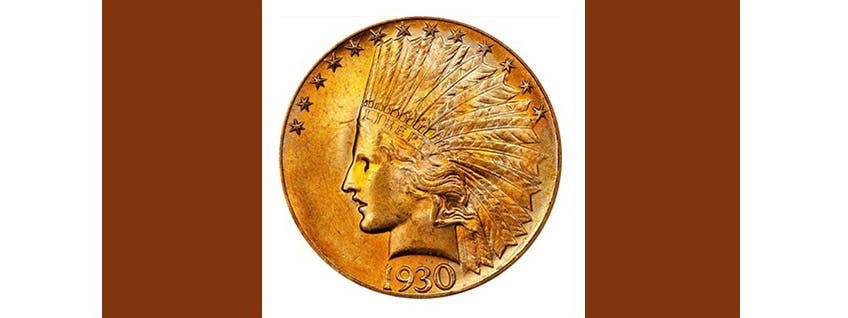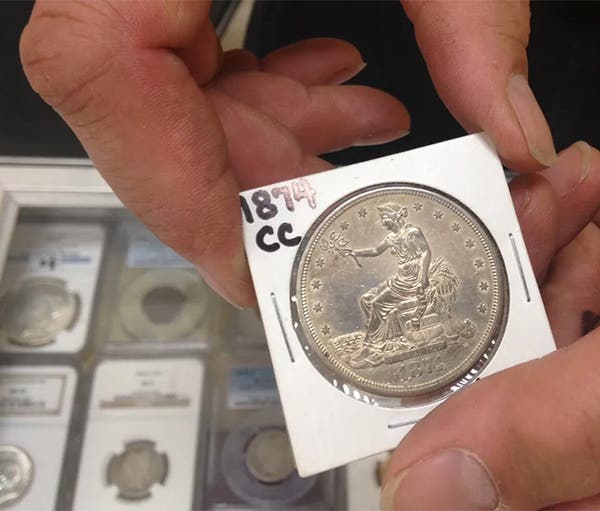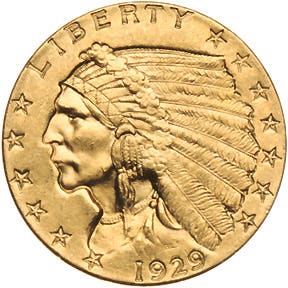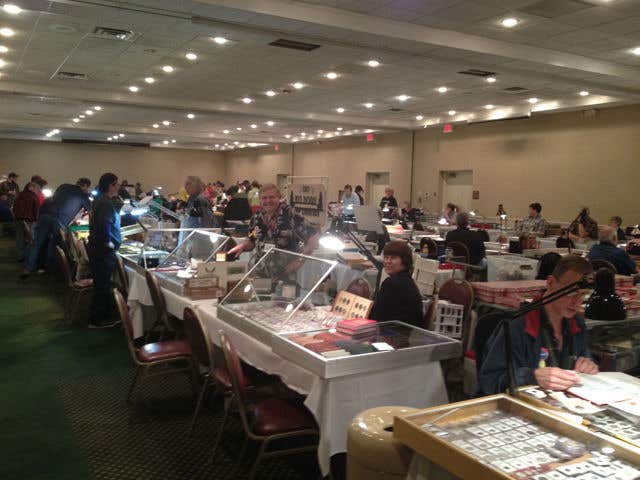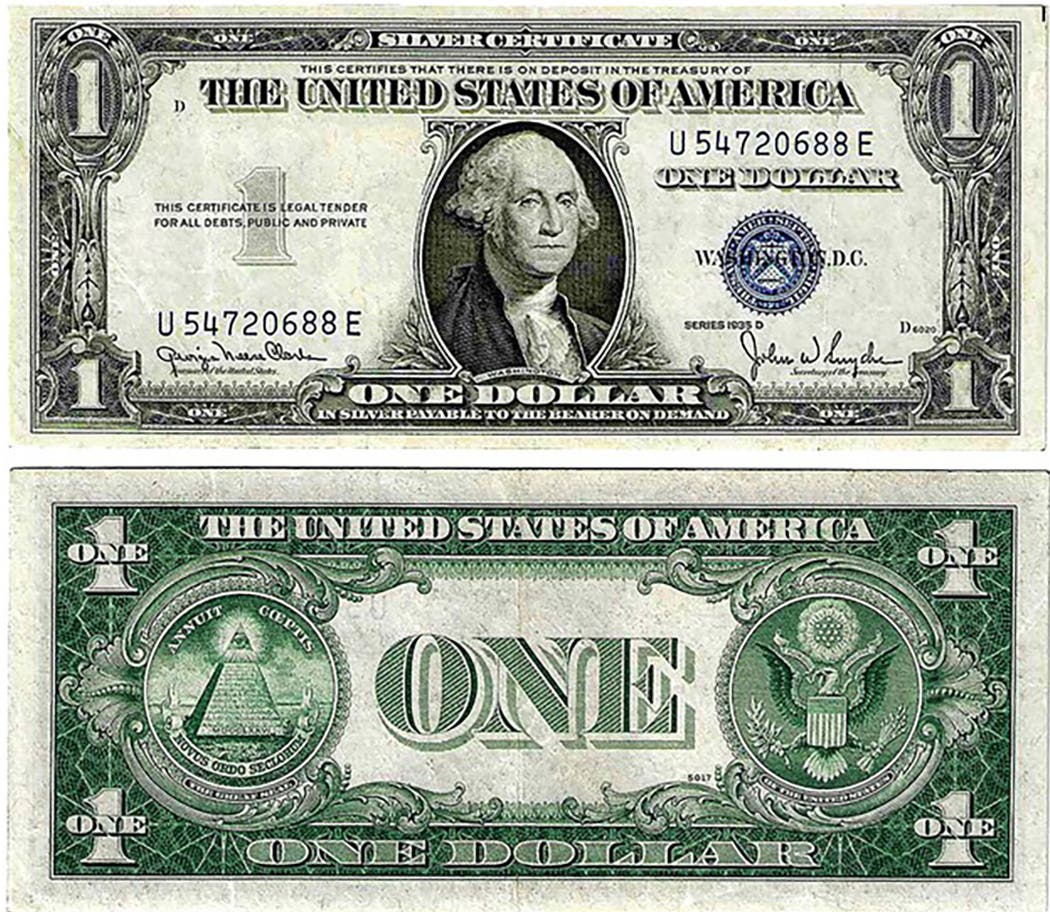Letters to the Editor: May 25, 2023
The Struggle for Freedom in COTY Winning Coinage Editor’s Note: This piece from Coin of the Year (COTY) Co-Coordinator Tom Michael was written in response to a Coin Clinic question…
The Struggle for Freedom in COTY Winning Coinage
Editor’s Note: This piece from Coin of the Year (COTY) Co-Coordinator Tom Michael was written in response to a Coin Clinic question from the May 9 issue. The question reads, “With Juneteenth now a holiday in the United States celebrating the end of slavery in the United States, I was wondering if any “End of Slavery coins (e.g. Cuba, Brazil) ever won a Most Historically Significant Coin of the Year Award?”
It's a very good question and makes a point well worth considering.
The thing to keep in mind is that coins do not live independently in a vacuum. For instance, in 1990, when COTY honored 1988 coinage, the Brazilian three-coin series for the Abolition of Slavery, a set of stainless steel 100 cruzados, would have had their best chance of winning in the Most Historically Significant category, I think. At that time, we did not have a Best Circulation Coin category yet, all we had was Most Popular and Best Trade, which would have accommodated the Brazilian Abolition of Slavery coins but wouldn't have afforded them their best chance to win an award.
I was not on the Nominating Committee in 1988; however, I recall from office chatter that those coins were discussed and one of them may have received a nomination. However, as long term records of nominations have not been kept, today I can only refer to category winners and what memories I maintain.
Another interesting fact is that the Brazilian Abolition of Slavery coins would just barely have fit into the Most Historical category, which covered coins of 100 or more years back in time. The Brazil Abolition of Slavery coins carried the anniversary dates 1888-1988 and the criteria at the time read as follows, “The subject of issues nominated in this category must have passed into a historical perspective of at least 100 years.” This would of course have meant that they would have competed with coins of much longer-standing historical significance. The point being that in COTY there are always a lot of deserving coins in competition. The winner of the Most Historically Significant category that year was a Hungarian 500 forint for the 950th Anniversary of Saint Stephen.
The Cuban Abolition of Slavery coins that I recall best were the copper-nickel 1- and 5-peso commemoratives struck in 1987, with the anniversary dates of 1886-1986 on the coins. This would have made them eligible for the Most Historically significant category of COTY, but I do not recall if either of them received nominations. A quick check of the records confirms that the Most Historically Significant winner that year was a gold 5-dollar coin honoring the Bicentennial of the United States Constitution.
While themes of great achievements and overcoming adversity can be found throughout the records of COTY winners, I have only found the following that point directly to issues of obtaining freedom from oppression:
• 1995 (1993 dated) Most Inspirational - Poland - 300,000 zlotych, silver - Warsaw Ghetto Uprising
• 1996 (1995 dated) Most Inspirational - Poland - 300,000 zlotych, silver - Warsaw Uprising 1944-1994
• 2008 (2006 dated) People's Choice - Hungary - 50 forint - copper-nickel - 50th Anniversary of the Hungarian Revolution Against Soviet Occupation
• 2009 (2007 dated) Best Contemporary Event - United States - dollar - silver - The Desegregation of Little Rock Central High School in 1957
• 2010 (2008 dated) Most Artistic - Poland - 200 zlotych - Gold - Warsaw Ghetto Uprising
• 2020 (2018 dated) Most Innovative Coin - Lithuania - 5, 10, 20 euro silver; 50 euro gold - 100th Anniversary of the Restoration of Lithuanian Independence
There have been anniversary coins for the Fall of the Berlin Wall, particularly in the COTY 2021 (2019 dated) competition that have won awards in various categories also; however, one could argue that these coins deal more with ideology or politics and how they can suppress freedom, so I have not included them in this discussion.
In the most recent years of COTY the subjects of freedom and oppression have surfaced several times:
• 2022 (2020 dated) Best Circulating - South Africa - 2 rand - nickel-plated copper - 25 Years of Constitutional Democracy - Freedom and Security of the Person
• 2022 (2020 dated) Most Historically Significant - United States - dollar - silver - Women’s Suffrage
• 2022 (2020 dated) Most Inspirational - Latvia - 5 euro - silver - Personal Freedom
The COTY process involves a large number of people from different backgrounds, countries and various disciplines working under criteria, rules and requirements that make it almost impossible to have it drawn towards a single line of thought. But remember also that we work with the coins that are produced and as I researched this question, I noticed that, with the exception of the five coins our reader referred to, I came across very few coins focused on the Abolition of Slavery.
Tom Michael
COTY Co-Coordinator
Less Monetary Value in Roll Hunting These Days
I'd like to use this platform to write an open letter to all collectors and especially the coin roll hunters (CRH) that may subscribe or read Numismatic News. This should not be considered a letter of discouragement, rather an opinion based on many years of experience. Therefore, please consider it to be a reminder to collectors who presently are CRH and those that may be inspired to become one.
I believe that a majority of older collectors, numismatists and professionals involved with coins got their start or developed an interest in coins by looking at pocket change as one of the main ways to fill holes in coin folders. Some of them have become the famous numismatists of the past and present. The practice of looking in pocket change or bank-rolled coins for interesting or valuable specimens still goes on today by folks of all ages. Unfortunately, I don't think the “pickings” are as great as they were many decades ago. With the rise of credit cards, there does not seem to be as many coins in circulation or in my change dish anymore. Additionally, precious metal has been removed from our coins so a CRH will not get rich looking for silver. Banks are the source of newly issued coins. They also receive coins deposited from circulation. I believe most serious CRH obtain their coins directly from these banks where other serious CRH haunt.
My advice is to have fun and learn about the neat little things you’ll be looking for and finding on our coins. It may even turn you into a numismatist. The learning is free, the coins you find are virtually free and will always (at least until digital currency) be spending money at face value. Enjoy the “thrill of the hunt” and the health benefits of a relaxing hobby you can engage in with friends and relatives. However, please keep this in the back of your mind that the chances of finding anything “worth” more than a few bucks to another CRH are several-million to one. Keep looking and good luck!
(By the way, I am also a CRH. I have hundreds of dollars of saved change, waiting for me to search, that are not accruing any interest at a bank. Lots of it has been passed down from my father, another CRH who died before he could check it out. After all, I’m a dreamer just as others who think they may find a 1958/58 or 1969/69 Lincoln cent in one of the jugs. I think all CRH can appreciate that dream. Hey, just last week I found a BU 2023 Roosevelt dime with a die chip on the president’s head. Keep looking and good luck!)
F. Fazzari
Address withheld
Mint Products Taking Too Big a Bite out of Budgets
The U.S. Mint produces too many coins for collectors. A recent catalog featured 29 coins (not counting gold and platinum) at a total cost of $1,438.25. This is quite a bite out of a typical hobby budget. Also, who has storage room for all those cute little boxes the coins come in? The Mint is taking money that should be spent at local coin shops or shows.
J.F.W.
Address withheld
Article on Lower-Grade Barber Halves Appreciated
I very much enjoyed Mike Thorne’s article in Coins magazine on collecting lower grade Barber Halves. For one thing, I am also working on a starter set. For another, this is one of the few articles that does not emphasize high-grade coins. Mike Thorne seems to be having trouble finding slabbed coins in the grade that he is seeking. They are out there, so he just has to keep looking. One interesting fact is that local dealers do not bother to grade common dates in low grades. I have cherry-picked coins with one or two letters on them. I’ve also been working on this set long enough that neither my 1904s or 1913 are slabbed as they were bought when they weren’t worth slabbing. I have 16 coins to go, which includes a few common dates. How about Mike?
Ted
Honolulu, Hawaii
Longtime Hobbyist Collects Manganese Coins
In response to Mr. Benvenuto’s article Who is Collecting Manganese, Really? (Beyond the Mainstream article, April 4 issue.) The short answer is me. I have been collecting manganese since I was a young collector six decades ago. And my specialty collection is primarily focused on the wartime silver Jefferson nickels (1942-1945).
Perhaps best known for replacing the most of the 5-cent piece’s copper and all of its nickel (both needed for the wartime effort) with silver and manganese, the wartime nickels are unique in their alloy mix. Most collectors know about the silver content; most have forgotten about the manganese content. And I bet most collectors have some manganese coins, even if they didn’t know it.
Jay Stevenson
New Franklin, Mo.


